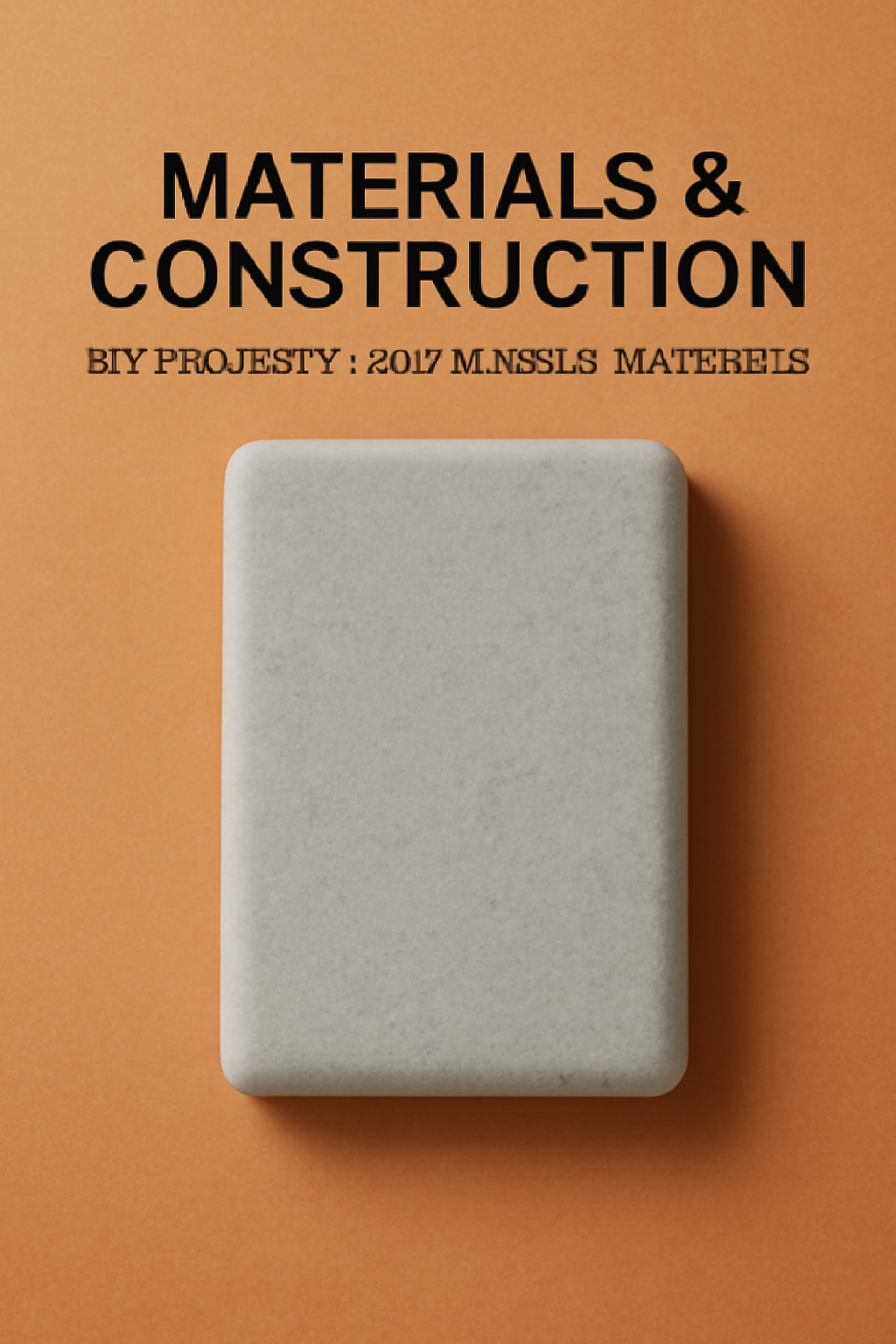Quick overview for busy shoppers
Gray poplar online retail has quietly matured into a reliable marketplace where home gardeners, landscapers, and small woodcraft studios can source healthy saplings, bare-root whips, and value-added products with confidence. In this guide, you will learn what makes Gray Poplar Online Retail special, how to judge nursery quality, which shipping windows are genuinely safe, and how to compare vendors without second-guessing your cart. You will also find two practical tables to benchmark offers and a field-tested checklist to help you buy once and buy right.
Why Gray Poplar Online Retail deserves your attention
Gray Poplar Online Retail (Populus × canescens) blends fast growth with remarkable adaptability, giving you a tree that settles into a broad range of soils while creating an elegant, light-catching crown. In urban and rural spaces alike, its shimmering leaves add movement and brightness, while the roots help stabilize loose ground when planted responsibly. Online retail has widened access to region-appropriate cultivars, letting you match form, height, and vigor to your climate rather than gambling on whatever a local yard happens to carry that week. That flexibility saves time, reduces transplant failure, and increases the odds your landscape vision actually looks the way you imagined.

There is also solid value here. Because Gray Poplar Online Retail establishes quickly, you get faster shade, a quicker screen, and earlier habitat benefits for birds and pollinators compared with slower species. For makers, responsibly sourced gray poplar lumber and turning blanks supply a light, workable stock for prototypes, jigs, and painted finishes. When comparing prices online, factor in not just sticker cost but also root system type, nursery accreditation, and live-arrival guarantees. Those “invisible” quality signals often determine whether your tree thrives or struggles.
“The smartest plant purchase is not the cheapest cart, it is the cart that survives the first summer and still makes you smile the next.”
Understanding product formats in the gray poplar online retail
Online sellers typically offer Gray Poplar Online Retail as bare-root whips, container-grown saplings, balled-and-burlapped specimens, and occasionally as tissue-cultured liners for wholesale buyers. Bare-root plants are light and cheap and are perfect for dormant-season planting when the soil is workable yet cool. Container-grown trees cost more to ship but establish in a wider planting window and arrive with intact feeder roots. For larger, instant-impact projects, balled-and-burlapped stock provides height and canopy volume on day one, although you will pay for that mass in both freight and aftercare. Knowing exactly which format aligns with your timeline, site conditions, and budget makes comparison shopping painless and fair.
Equally important is cultivar clarity. Some retailers list “Gray Poplar Online Retail” as a catch-all, while others specify selections known for symmetry, disease tolerance, or controlled height. When your site is constrained—near utilities or close to foundations—cultivar details can be the difference between a graceful fit and a maintenance headache. Make sure product pages are explicit about expected mature height, spread, and pruning response so you are not buying uncertainty disguised as flexibility.
The ideal planting window and why shipping dates matter
One of the biggest advantages of buying Gray Poplar Online Retail online is that trustworthy retailers align fulfillment with biological timing. Dormant-season shipments for bare-root stock help roots settle before heat stress, while container stock can stretch into late spring and early fall depending on your hardiness zone. Look for stores that allow you to select a targeted ship week or that automatically queue your order for the first safe window in your region. That operational discipline signals the nursery cares more about your long-term success than clearing inventory today, and it dramatically improves survival rates without costing you extra.

Freight method matters, too. Saplings are living organisms, not warehouse widgets. Priority services shorten transit stress, and thoughtful packaging—root wrap hydration, breathable sleeves, and crush-tested cartons—keeps cambium and buds intact. If a listing is vague about logistics, ask for details or read the shipping policy. The most reputable sellers treat their packaging as part of the product, not an afterthought, and they are proud to show it.
Mor Read About: How-to Guide: Discovering the Wonders of Žižole (2025)
Common gray poplar product types
| Product type | Typical height at the ship | Root system | Best planting window | Pros | Cons |
| Bare-root whip | 2–4 ft | Dormant, no soil | Late fall to early spring | Lowest cost, fast handling, excellent establishment when timed right | Limited window, needs immediate planting |
| Container-grown sapling | 3–6 ft | Potted, active roots | Spring & early fall | Flexible timing, minimal transplant shock, easy for beginners | Higher freight, higher purchase price |
| Balled and burlapped | 6–10+ ft | Root ball wrapped in burlap | Dormant through spring | Instant landscape impact, canopy volume on day one | Heavy, expensive shipping, more aftercare |
| Tissue-culturing | 6–12 in | Propagated starts | Spring | Uniform genetics, scalable for hedges or farms | For experienced growers, needs up-potting |
How to evaluate an online gray poplar listing like a pro
When you encounter ambiguous language—“fast-growing,” “hardy,” “adaptable”—look for numbers. Expected annual growth in inches or feet, root-ball diameter, caliper at 6 inches above the soil, and container volume are quantifiable. A credible Gray Poplar Online Retail page treats those numbers as a courtesy, not a secret. If the details are missing, consider that a healthy red flag and keep comparing.
Pricing that actually reflects value
It is tempting to chase the lowest headline price, but Gray Poplar Online Retail rewards buyers who evaluate the total cost of success. A bare-root whip might be half the price of a container-grown sapling, yet if your climate is warming early and your schedule cannot plant within 48 hours of delivery, the safer container option may be the better bargain. Likewise, premium shipping that reduces transit from four days to two can boost survival enough to pay for itself. Add in aftercare essentials—mulch, stake and tie kit, and slow-release starter fertilizer—and also the opportunity cost of replanting if a bargain tree fails. Value lives in the second summer, not the first invoice.

Discounts are not inherently suspicious, but understand what is being discounted. End-of-season bare-root sales can be excellent if your ground is still workable; deep cuts on oversized B&B stock may be moving trees that have sat through multiple seasons. Ask when the specimen was last root-pruned or up-potted. A candid answer builds trust far faster than a coupon code.
Retailer guarantees & support
| Retailer signal | What to look for | Why it matters |
| Live-arrival guarantee | Replacement or refund if trees arrive damaged or fail to leaf out within a defined window | Protects you from transit stress and hidden dormancy issues |
| Zone-aware shipping | Automated scheduling by USDA/UK hardiness zone and weather holds | Aligns biology with logistics for higher survival |
| Real expert access | Horticulturist chat hours and phone support | Troubleshooting in the first week prevents losses |
| Photo-based claims | Unedited customer photos and time-stamped reviews | Truthful performance beats studio glamor |
| Care guides | Planting, watering, staking, and pruning schedules | Turns beginners into successful growers |
Planting and early care that stack the odds in your favor
Success with Gray Poplar Online Retail begins the moment the box arrives. Unpack immediately, hydrate roots or the potting medium, and stage the hole before you touch the root system. The planting hole should be wide, not deep—two to three times the root spread—so tender feeder roots can explore loosened soil rather than wrestle a tight cylinder. Set the root flare at grade, not buried, and resist the urge to “improve” the backfill with rich amendments that can cause water to pool or roots to circle. Firm soil without compacting, water slowly to settle, then mulch a two- to three-inch layer—kept away from the trunk—to regulate temperature and moisture.
Aftercare is where many buyers panic and overcorrect. Water deeply but infrequently, letting the top inch of soil dry before the next session. In windy sites, use two stakes set outside the root ball with flexible ties that allow slight movement; trees build strength by swaying, not by being immobilized. Delay structural pruning until the second dormant season, focusing only on damaged or crossing branches in year one. Consistent, moderate care beats intense, erratic interventions every time.
Two paragraphs, then a quote on site selection and spacing
The smartest time to solve future problems is before you dig. Gray Poplar Online Retail grows quickly and appreciates room to breathe, so map out mature height and spread against utilities, eaves, and neighboring properties. In small urban yards, it is better to plant one well-sited tree than two forced into corners; airflow reduces disease pressure, and sunlight drives the canopy’s glimmering effect that people love about this species. Soil drainage is non-negotiable—standing water invites root stress—so test with a filled hole and confirm it drains within a few hours. If not, consider raised berms or pick a different spot rather than hoping the tree “adapts.”
Think about long-term use, too. Are you creating shade for a patio that sees afternoon heat, or a privacy veil along a fence line that needs to stay under a certain height? Your answer will nudge you toward a cultivar with the right vigor and a pruning plan that maintains form without turning the tree into a chore. Pairing Gray Poplar Online Retail with understory shrubs or groundcovers can help balance moisture and present a designed, finished look from day one. The planting is not just a hole and a tree; it is a small ecosystem that should feel intentional.
“Plant for the tree you will live with in ten years, not the stick you unwrap today.”
Sustainable and ethical buying in gray poplar online retail
Responsible sourcing is more than a nice-to-have; it is a practical hedge against pests, pathogens, and local ecosystem disruption. Favor nurseries that adhere to plant health certifications, disclose pest management practices, and avoid shipping from quarantine zones into clean areas. When demand spikes, some sellers are tempted to source anonymously from brokers. That is when mislabeled stock and hitchhiking pests ride along. You want transparent lineage and inspection records, not mystery trees that look right until they do not.

Packaging can be sustainable without sacrificing protection. Recyclable cartons, biodegradable ties, and moisture-retaining but compostable wraps are now common among top-tier retailers. If a store boasts about sustainability, the details should be specific: percentage of recycled material, reuse programs for pots, or carbon-balanced shipping options. Vague eco-language is easy; measurable commitments are meaningful.
Troubleshooting common issues without panic
Even with good planning, you may see slow leaf-out, minor transplant shock, or wind scorch in the first season. Slow leaf-out is not failure; Gray Poplar Online Retail leaf timing varies with weather. Scratch the bark lightly—if the cambium is green, patience is warranted. Transplant shock usually presents as droop or leaf curl; the antidote is steady moisture management and shade cloth in extreme heat, not fertilizer blasts. For wind scorch, adjust staking, add a temporary windbreak, and monitor soil moisture. If problems persist beyond a reasonable window, a credible retailer will stand behind the tree as long as you have followed the care guidance.
Pests and diseases should be approached with observation first. Many cosmetic leaf spots resolve as vigor returns, and overreacting with broad-spectrum treatments can stress a young tree. Document with photos, note dates, and reach out to the nursery’s experts. A short, informed conversation can save weeks of guesswork and unnecessary products.
Essential checklist before you click buy
- Confirm your planting window aligns with the product format you are choosing.
- Validate mature height and spread against your site constraints and goals.
- Look for quantified specs—caliper, container volume, ship height—not vague adjectives.
- Read the guarantee carefully and keep receipts and unboxing photos.
- Price the total cost of success, including freight and aftercare supplies.
- Favor retailers with zone-aware scheduling and horticultural support.
Crafting a compelling product page if you sell gray poplar
If you operate a nursery or garden brand, your Gray Poplar Online Retail page should anticipate buyer worries and solve them elegantly. Lead with a concise value proposition—growth speed, visual effect, and establishment reliability—then surface the numbers and shipping calendar without making users hunt. Add high-resolution, unedited customer photos and a simple, printable care guide. Weave in micro-copy that reassures first-timers and clean, scannable sections that let pros grab specs in seconds. Lastly, integrate post-purchase education via automated emails timed to arrival, week one, and the first hot spell. That kind of proactive support reduces returns and turns buyers into brand evangelists.
Do not overlook accessibility and performance. Pages that load quickly, present readable contrast, and offer alt text for images convert better and rank higher. Schema markup for products, FAQs, and how-tos helps search engines surface your page for both transactional and informational intent. People want to feel the nursery behind the storefront; a short video or staff profile makes your expertise visible in a saturated marketplace.
Final word for confident buyers
Gray Poplar Online Retail works beautifully when you align format, timing, and vendor quality with your site’s realities. Treat the listing details as the first proof of care, the shipping window as your success multiplier, and aftercare as your quiet superpower. Do that, and the odds of enjoying a shimmering, healthy canopy for years tilt decisively in your favor—even if you are buying from a screen rather than a local yard. The best purchase is the one that thrives through next summer and becomes the shade you gather under, not just the package that arrives on your doorstep.
Frequently asked questions
Is gray poplar a good choice for small yards
Yes, provided you match cultivar to height targets and maintain a thoughtful pruning plan. In truly tight spaces, one well-sited tree beats two cramped ones.
How fast does gray poplar grow after planting
Expect vigorous juvenile growth under good care—focus on watering rhythm and stake wisely for wind. Numbers vary, but planning for quick establishment is reasonable.
Can I plant outside the dormant season
Container-grown stock lets you stretch windows but still respect heat waves. Shade cloth and consistent moisture make off-season planting feasible for practiced gardeners.
Share this content:



![Unbreakable Bond: Intimate Look at Enduring Ken Dudney Family Legacy [2024] Ken Dudney family](https://streameastbaddiehub.com/wp-content/uploads/2025/10/portrait-affectionate-loving-family_11zon-150x150.jpg)








One thought on “Gray Poplar Online Retail Ultimate Buyer’s Guide (2025)”